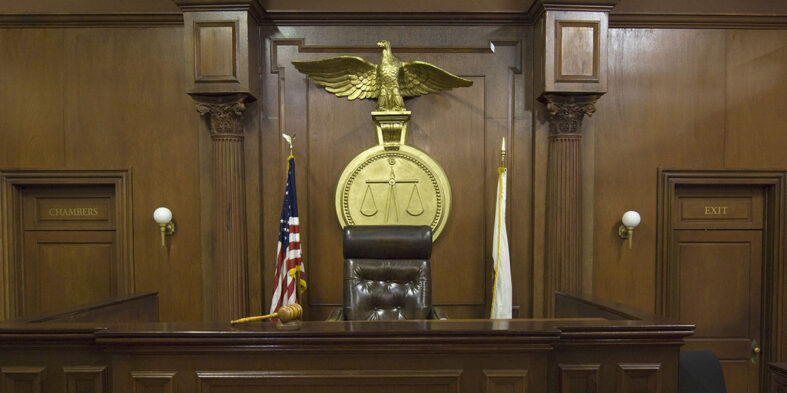Navigating the legal landscape of workers’ compensation in Washington State can be complex, but understanding the basics is essential for both employers and employees. This blog post will demystify the legal workings of workers’ comp in Washington, providing clear insights into the process, coverage, and how to handle claims effectively. Whether you’re an employee seeking compensation or an employer aiming to comply with state laws, this guide will equip you with the knowledge you need.
The Foundation of Workers’ Comp in Washington
In Washington State, workers’ compensation is a mandatory insurance program. The system operates on a no-fault basis, meaning employees can receive benefits regardless of who is at fault for the injury. This coverage includes medical expenses, wage replacement, and disability benefits. Employers are required to either purchase workers’ comp insurance through the Washington State Department of Labor & Industries (L&I) or qualify as a self-insured employer.
Navigating the Claims Process
When an injury occurs, employees should report it to their employer as soon as possible and seek medical attention. The next step is to file a workers’ comp claim with L&I or the self-insured employer. This claim should include details about the injury and the circumstances surrounding it. Once the claim is filed, it will be reviewed to determine eligibility for benefits. Employees may need to provide additional medical documentation or attend an independent medical examination.
Understanding Coverage and Benefits
Workers’ comp in Washington covers a wide range of benefits. It can include medical treatment for a work-related injury or illness, partial wage replacement for time missed from work, and disability benefits for permanent impairment. In the case of a fatal work-related injury, survivors may be eligible for death benefits. Both employees and employers must understand the extent of coverage to ensure that all entitled benefits are received.
Dispute Resolution and Appeals
Disputes can arise regarding the approval of claims, the extent of benefits, or other aspects of workers’ comp. In Washington, there are several avenues for dispute resolution, including protests to L&I and appeals to the Board of Industrial Insurance Appeals. If a resolution cannot be reached through these channels, the case may be taken to court. In such situations, consulting with a Washington personal injury attorney who specializes in workers’ comp cases can be invaluable.
Role of Employers in the Workers’ Comp Process
Upon being notified of an employee’s injury, the employer must promptly report the incident to L&I or their workers’ comp insurer. Employers are also responsible for keeping accurate records of workplace injuries and providing necessary information for claim processing. They should maintain open communication with the injured employee and facilitate their return to work when medically appropriate. Additionally, employers are encouraged to work with L&I to develop return-to-work programs that help injured employees transition back into the workforce safely and effectively.
Legal Representation and Workers’ Comp
While many workers’ comp claims in Washington are resolved without legal intervention, there are instances where an attorney’s assistance is beneficial. If a claim is denied, if there are disputes over the extent of benefits, or if an employee feels they are not receiving fair treatment, seeking legal counsel can help protect their rights. A personal injury attorney with experience in workers’ compensation law can provide guidance, represent the employee in hearings or appeals, and ensure that they receive the full benefits they are entitled to under the law. Additionally, an attorney can assist in negotiating settlements and navigating the complex legal aspects of workers’ compensation to achieve a favorable outcome for the employee.
Preventing Workplace Injuries
While workers’ comp provides a safety net for employees, prevention is always the best approach. Employers in Washington are encouraged to implement safety programs and training to reduce the risk of workplace injuries. Regular safety audits, employee education, and adherence to safety regulations can help create a safer work environment. Taking those steps can also potentially lower workers’ comp insurance costs.
Conclusion
Workers’ compensation in Washington State is designed to protect employees and employers alike in the event of work-related injuries or illnesses. By understanding the legal framework, both parties can ensure a smoother experience with workers’ comp. It’s also important to know how to navigate the claims process and prioritize workplace safety. Whether you’re dealing with a current claim or looking to prevent future injuries, staying informed and proactive is key to successfully managing workers’ compensation in Washington.
This is a guest post from a guest author.



